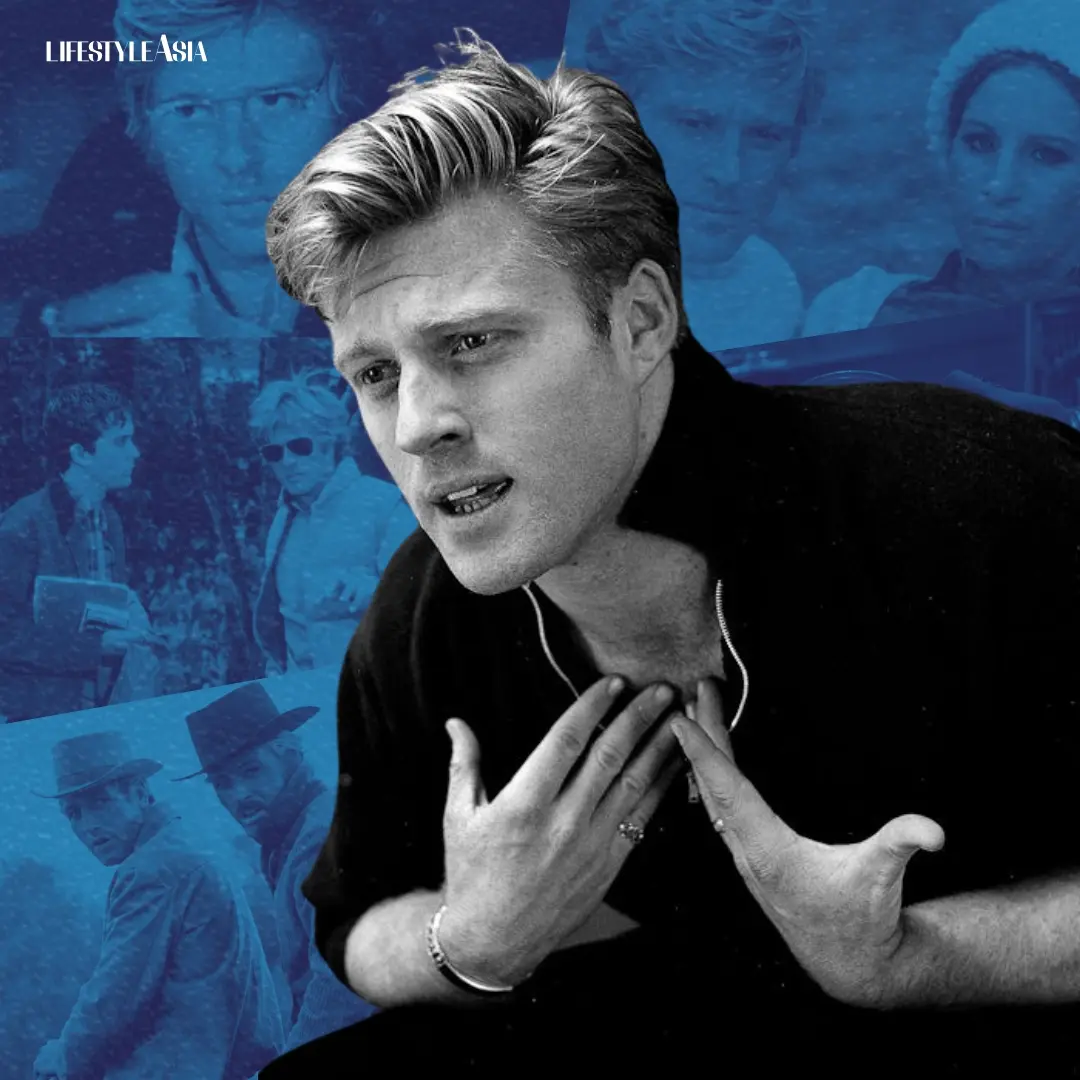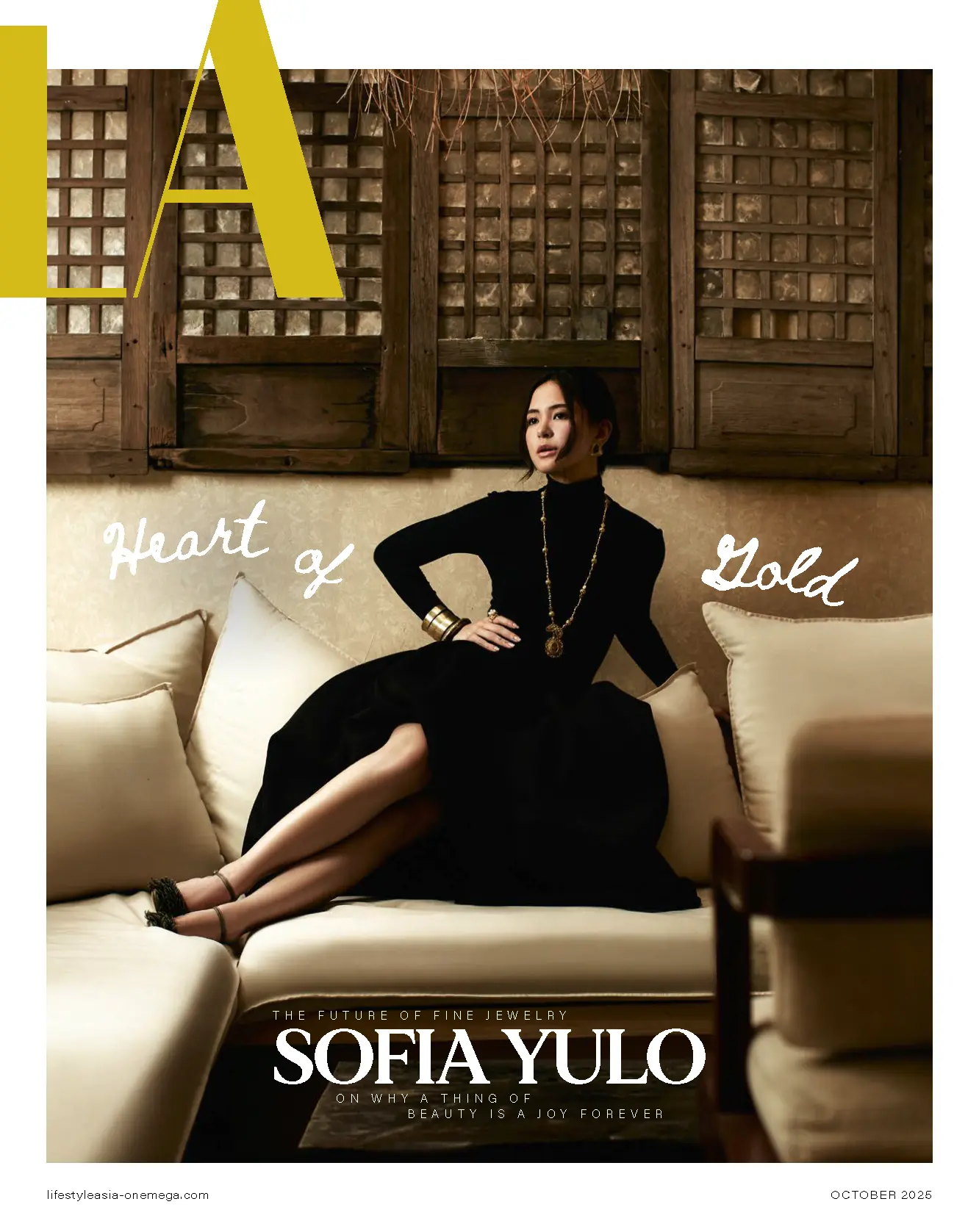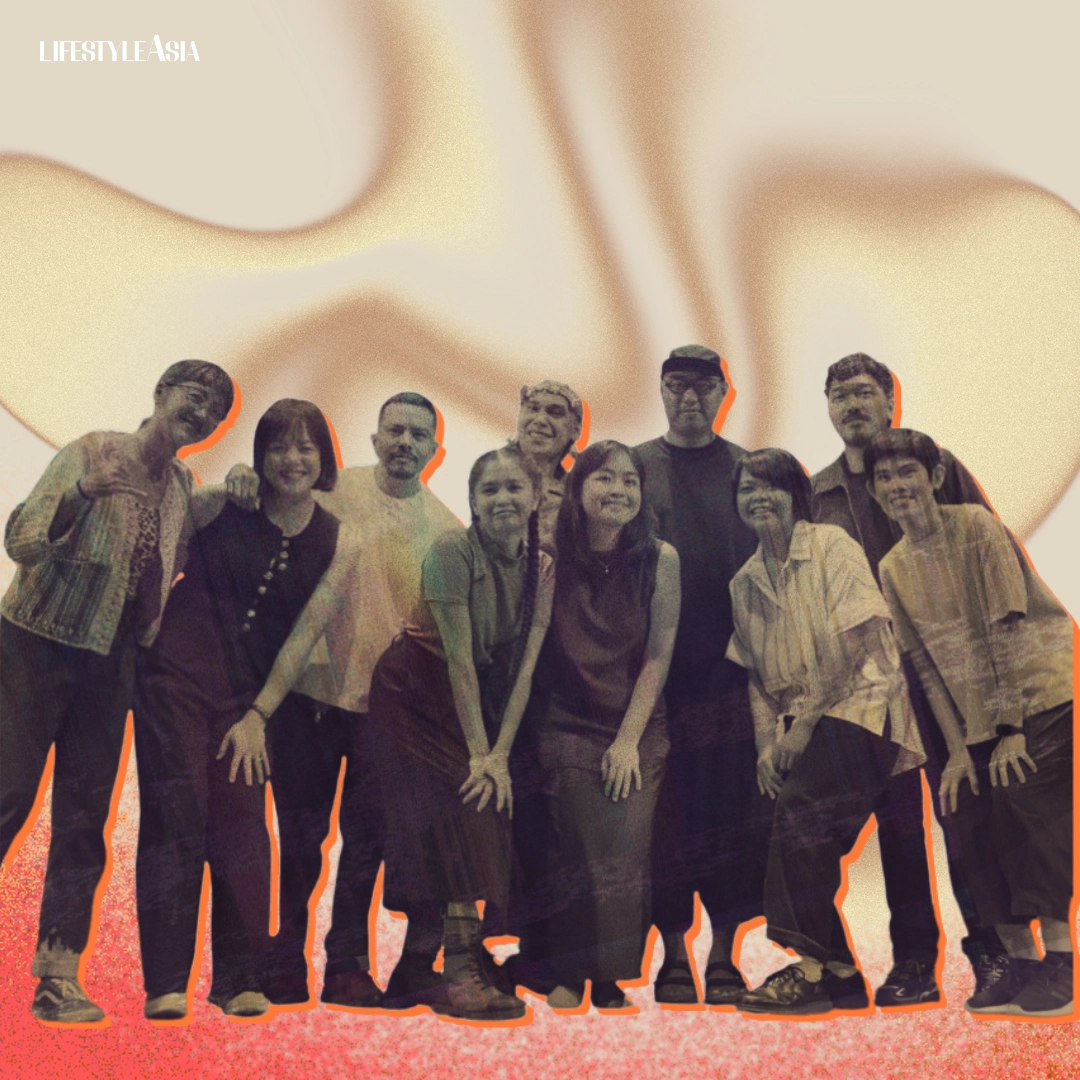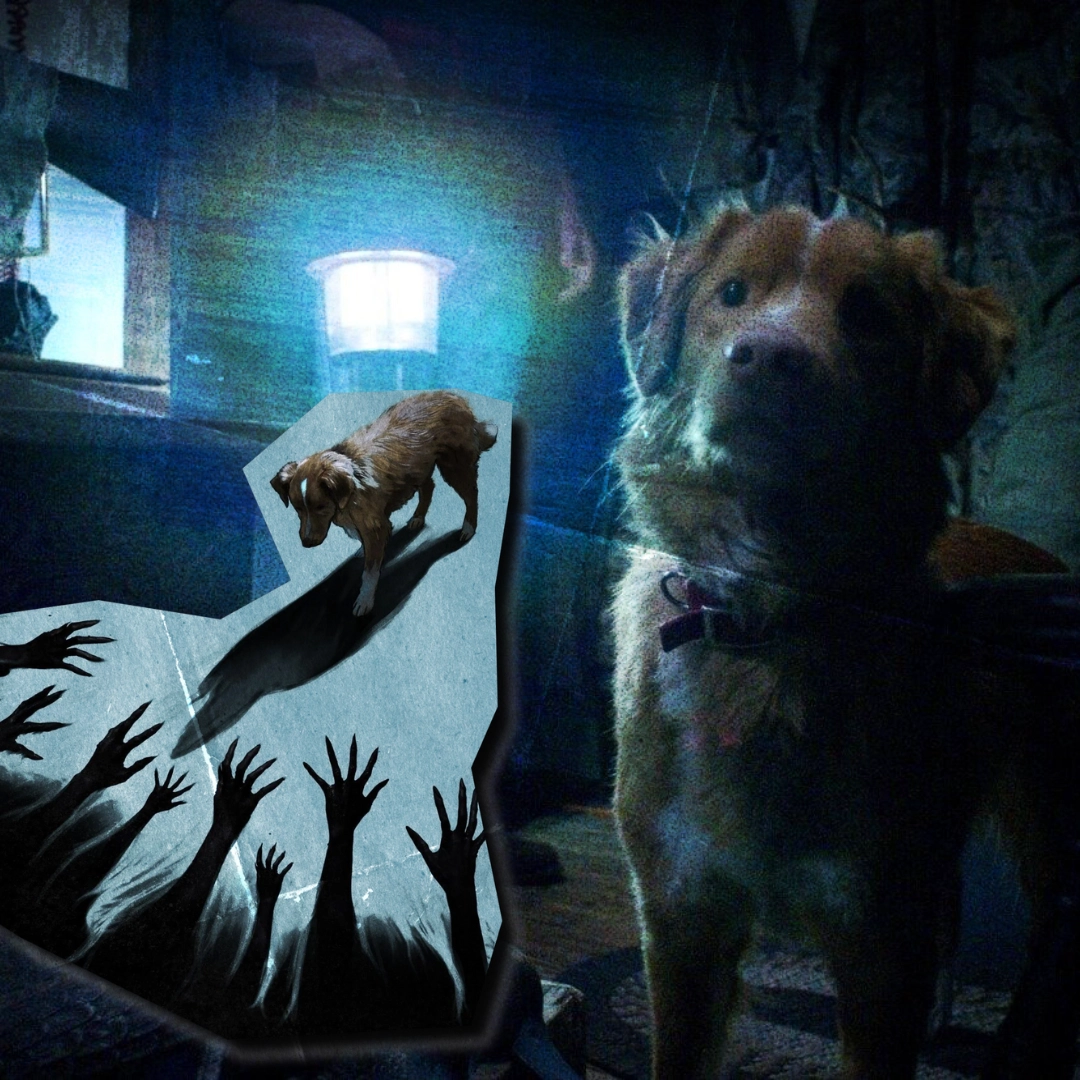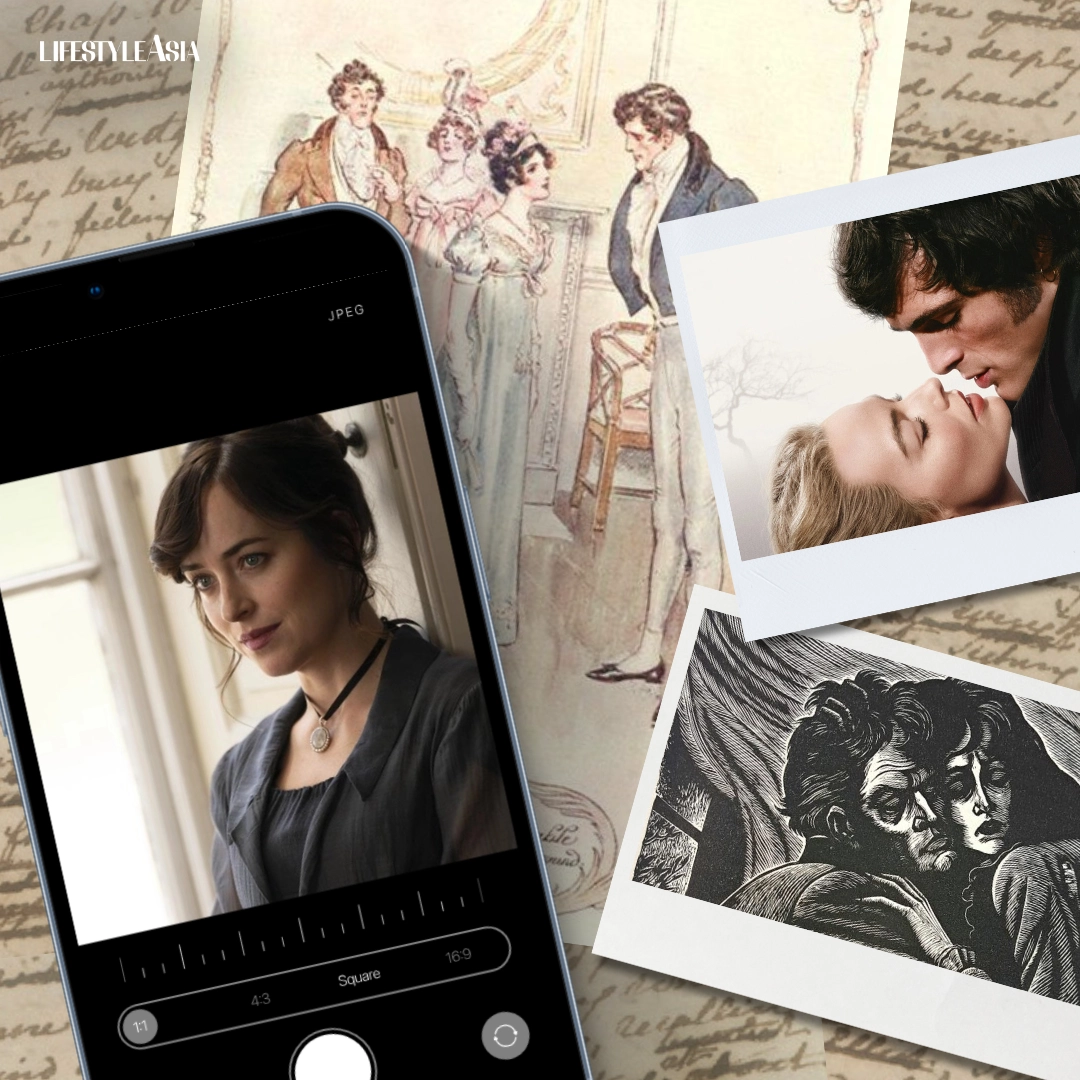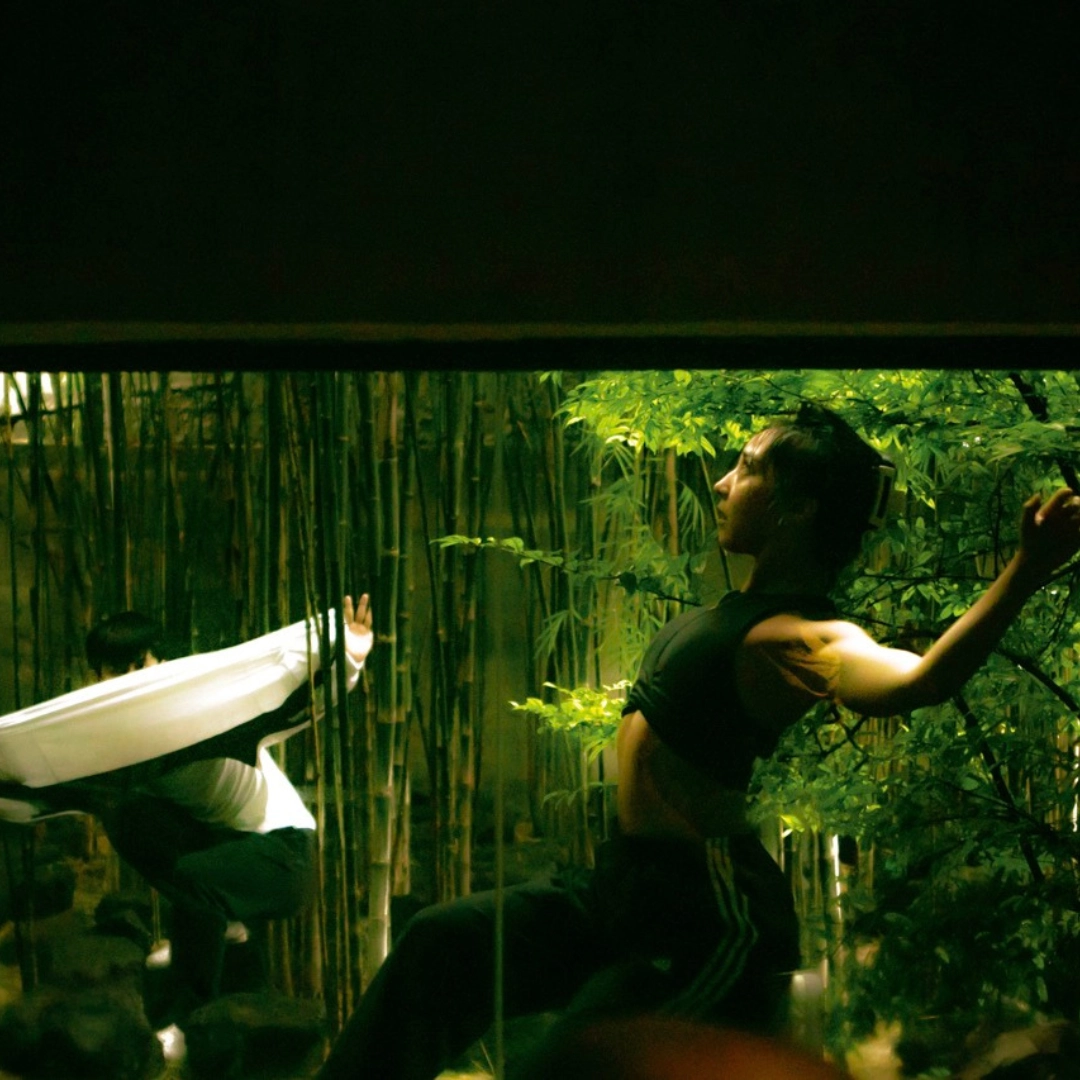Hollywood movie star, director, activist, and independent film supporter Robert Redford dies at 89. We celebrate his life, career, and lasting mark on pop culture by looking at his six best films.
Robert Redford, one of Hollywood’s great leading men of the 1970s, who eventually turned his back on heartthrob status to champion causes close to his heart, has passed away at 89, as announced in a statement to CNN by his publicist, Cindi Berger. Redford died at his home, surrounded by loved ones, in Sundance, Utah. A cause of death was not revealed.
Redford first found fame on the American stage before coming to Hollywood in the early 1960s. He quickly became known for his dashing good looks, but broke the mold by being selective with films that played against his “pretty boy” type. Redford believed that his work needed to have social and cultural importance, and this philosophy was reflected in his choice of roles throughout the height of his career in the 1970s. He was known for his reluctant attitude toward being a leading man and often shied away from fame.
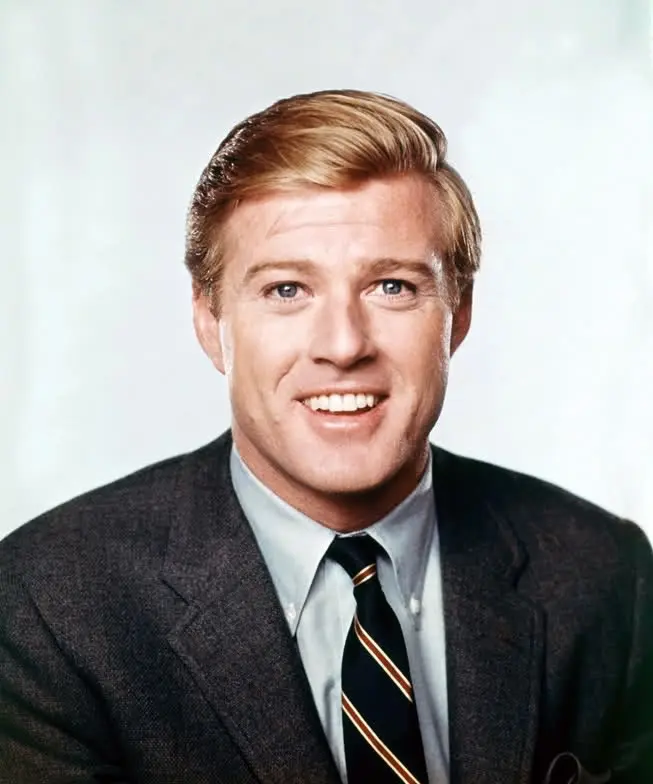
His directorial debut, Ordinary People, earned him his only Academy Award for directing in 1981. That same year, he founded the Sundance Institute and its namesake annual festival, located in the mountains of Utah, which supports and celebrates the works of independent filmmakers. Redford steadily worked in film over the next few decades as an actor, director, and producer. He received an Honorary Academy Award in 2002 for his overall contributions to film. This was followed by a Kennedy Center Honor in 2005.
Beyond filmmaking, Redford was a staunch activist, fighting for causes such as climate change, Native American rights, LGBTQ rights, and the arts. In 2016, he received the Presidential Medal of Freedom from President Barack Obama.
He leaves behind a legacy of important work, most notably through the Sundance Institute, which continues to play a vital role in the filmmaking ecosystem. To celebrate Robert Redford’s remarkable life and career, we look back at his six best films.
Butch Cassidy and the Sundance Kid (1969)
By 1969, Robert Redford had already been working in Hollywood for several years, often cast as the romantic lead with his signature beach-blonde hair. While some of his roles were noteworthy—such as in the romantic comedy Barefoot in the Park (1967) opposite Jane Fonda and the drama Inside Daisy Clover (1965) with Natalie Wood—he rarely outshone his female co-stars. Redford longed to break free from being typcast as the handsome All-American boy with nothing much to do on screen.
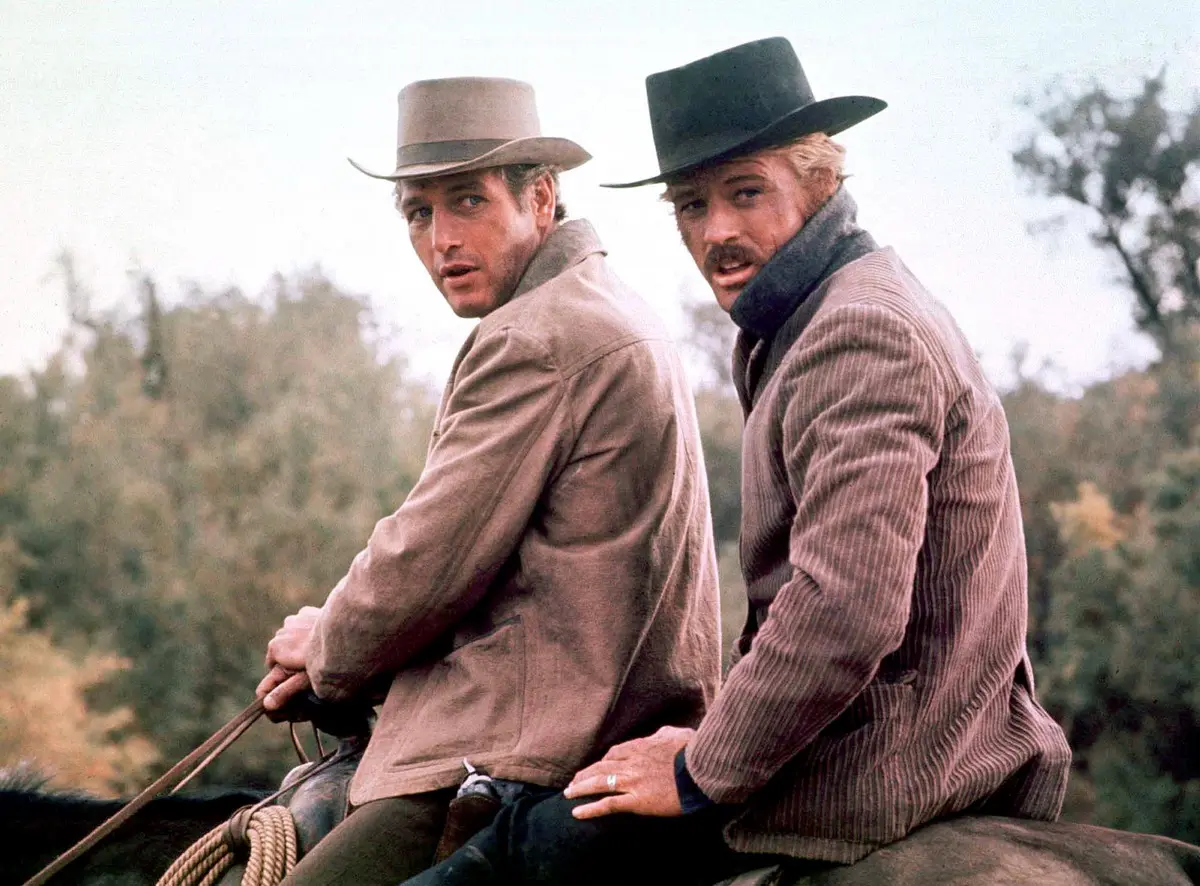
It finally happened when director George Roy Hill made the surprising decision to pair the then-relatively unknown Redford with megastar Paul Newman in Butch Cassidy and the Sundance Kid. Redford’s undeniable chemistry with Newman radiated off the screen as they played the two charming titular outlaws of the Wild West. It was a smash hit, earning over $100 million at the box office. In addition, the film not only cemented an iconic screen partnership but also marked a pivotal moment in Hollywood’s transition from the old studio system to the era of New Hollywood, ushering in Redford as a fresh, rugged star of the 1970s.
The Sting (1973)
Following the success of Butch Cassidy, Paul Newman and Robert Redford (now a bona fide movie star in his own right) paired once again for an even bigger hit with The Sting. The film tells the story of two conmen who team up to seek revenge on a wealthy mob boss who killed their mutual friend. As expected, the charisma of Newman and Redford pops from the screen, while the stylish Edith Head costumes elevate the film into one of the greatest examples of menswear on film.
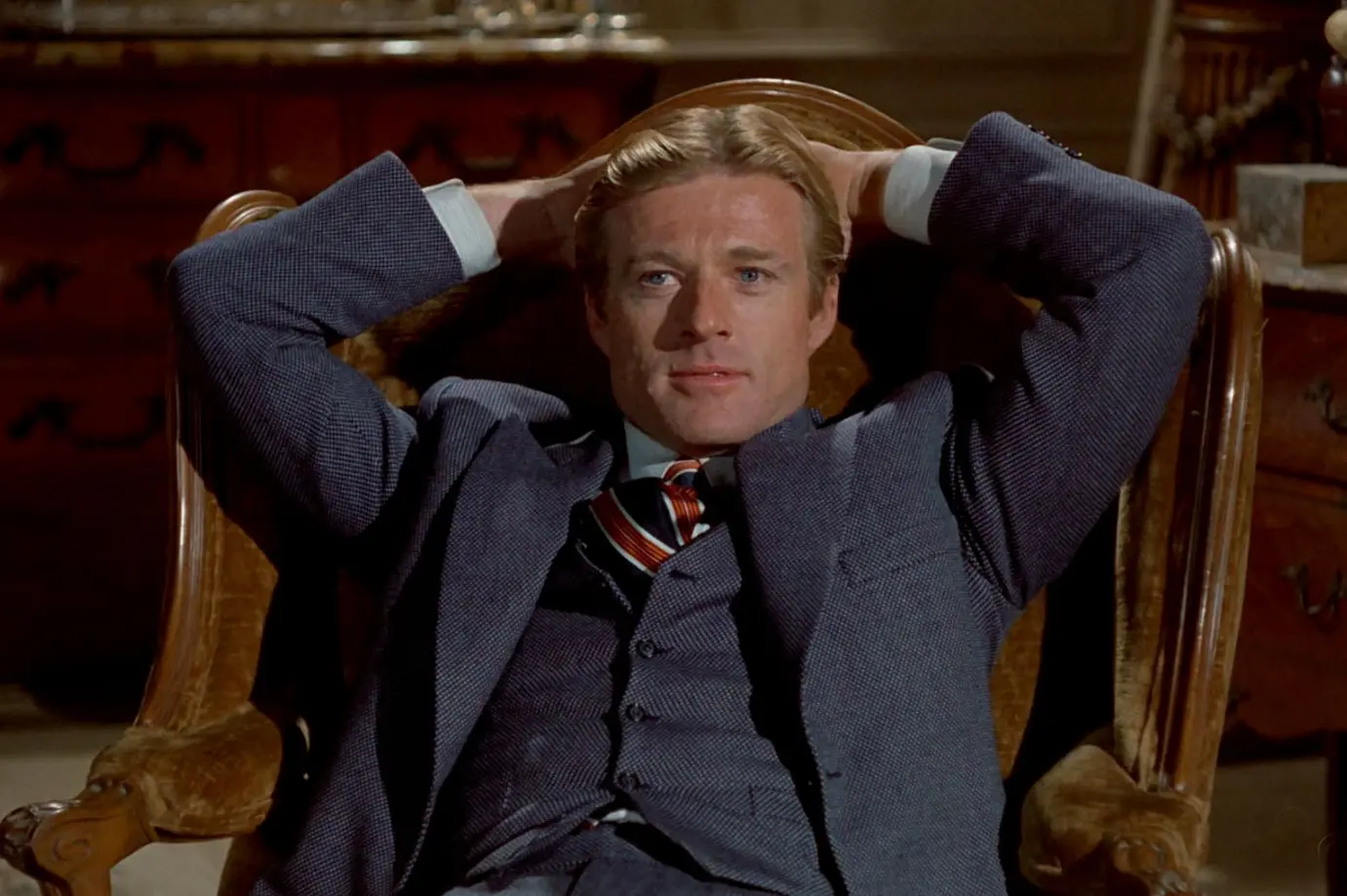
What truly secures The Sting’s place on the list, however, is that it remains Redford’s most acclaimed film and performance. It won seven Academy Awards and grossed more than twice as much as Butch Cassidy. The movie also earned Redford his only Oscar nomination for Best Actor. It’s easy to see why: while playing the charming conman Johnny Hooker might not have been a radical stretch for him, Redford’s undeniable screen presence and natural movie star charisma imbued the character of Hooker with the necessary charm, street smarts, and intelligence that made him feel like a real person. The performance perfectly captured the era’s ideal of a movie star, solidifying Redford’s status as one of Hollywood’s top leading men.
READ ALSO: Meet Edith Head: Hollywood’ Costume Queen With 8 Oscars
The Way We Were (1973)
Surprisingly, Robert Redford’s most enduring film, the romantic drama The Way We Were, co-starring Barbra Streisand, was a project he initially didn’t want to take on. In her recent memoir My Name Is Barbra, Streisand revealed that Redford felt his character (the jockish Hollywood screenwriter Hubbell Gardiner) was a shallow “object,” taking a backseat to Streisand’s fiery leading lady, Katie Morosky. However, after some persuasion from frequent collaborator Sydney Pollack, who was directing the film, Redford agreed to sign on.
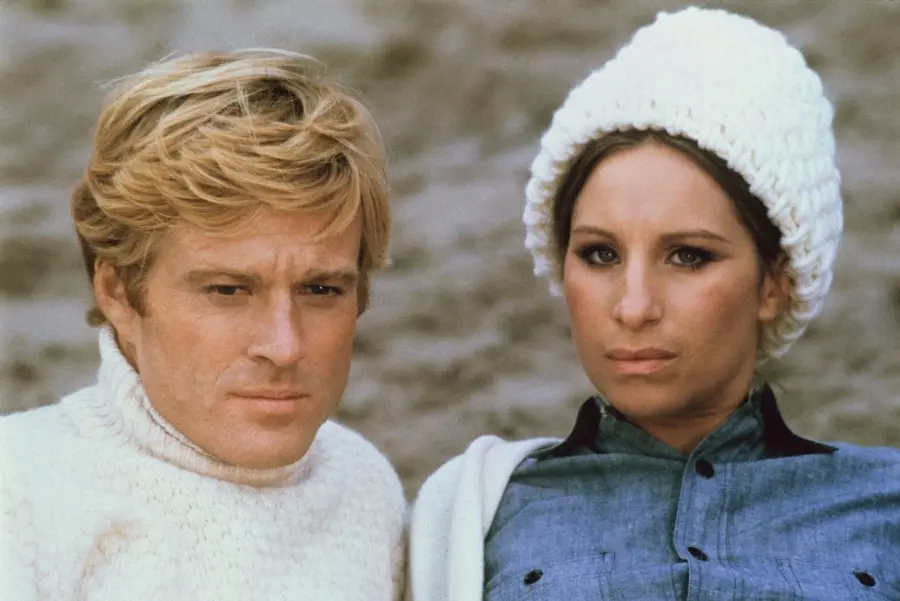
Although Redford and Streisand occasionally clashed creatively on set (don’t worry, they’d eventually become lifelong friends), their rocky collaboration ultimately produced one of the most iconic romantic pairings in cinematic history. The tragic tale of Katie and Hubbell, soulmates who were never meant to be, remains a perennial favorite in lists of the greatest on-screen love stories. The film was a major hit for both stars, showcasing not only their undeniable on-screen chemistry, which made every scene swoon-worthy, but also some of the finest dramatic work in their illustrious careers. With the release of The Sting and The Way We Were in the same calendar year, 1973 was certainly “The Year of Robert Redford.”
Three Days of the Condor (1975)
After his banner 1973, Robert Redford had no plans to slow down just yet. The following year, he took on the titular role in Jack Clayton’s adaptation of The Great Gatsby. In 1975, he appeared in three films, none more remembered than the brilliantly crafted Three Days of the Condor, in which he reunited with director Sydney Pollack.
In this elegantly made, tension-filled thriller, Redford plays Joseph Turner, a quiet CIA analyst whose life is turned upside down when he discovers that his entire office has been murdered. On the run from a mysterious hitman, who he soon realizes may have been hired by his own agency, Turner must navigate a labyrinth of danger and deception.
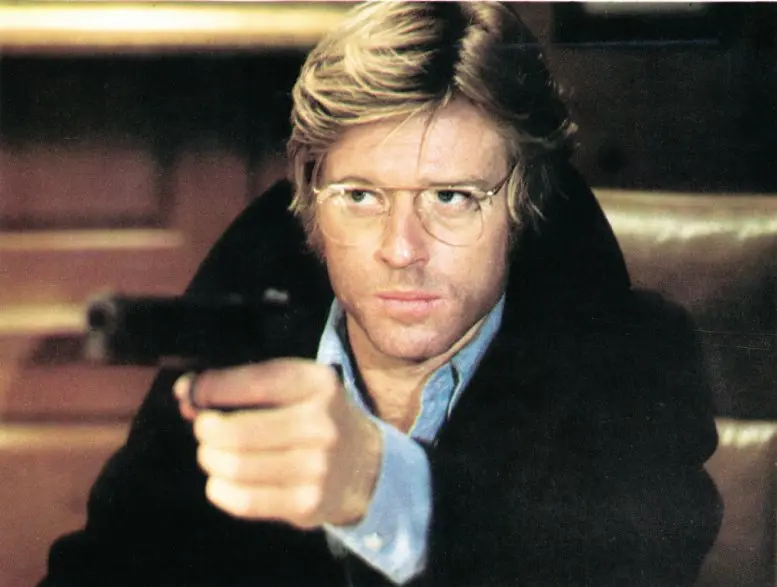
Three Days of the Condor stands out not only for its meticulous pacing, sharp editing, and suspenseful storytelling but also for Redford’s remarkable performance. He convincingly embodies paranoia and anxiety, capturing the pervasive distrust and fear that defined the post-Watergate 1970s. It is a quietly intense performance, showcasing Redford’s versatility and proving he could carry a thriller with nuance, subtlety, and depth.
All the President’s Men (1976)
Perhaps the greatest film of Redford’s acting career was Alan J. Pakula’s All the President’s Men, in which he portrays Washington Post reporter Bob Woodward opposite Dustin Hoffman’s Carl Bernstein. Together, they played the journalists responsible for investigating and exposing the Watergate scandal, which ultimately led to President Richard Nixon’s resignation.
Following Three Days of the Condor, and continuing what would become a trend of Redford exploring the fear and paranoia that defined America, All the President’s Men resonated deeply with contemporary audiences for its fearless examination of political turmoil and journalistic integrity. What is particularly remarkable is that Redford and Hoffman adopt restrained, understated performances, deliberately taking a backseat to allow the investigation to take center stage. Their selflessness demonstrates a rare artistic humility, letting the narrative drive conversation and reflect the zeitgeist of the era.
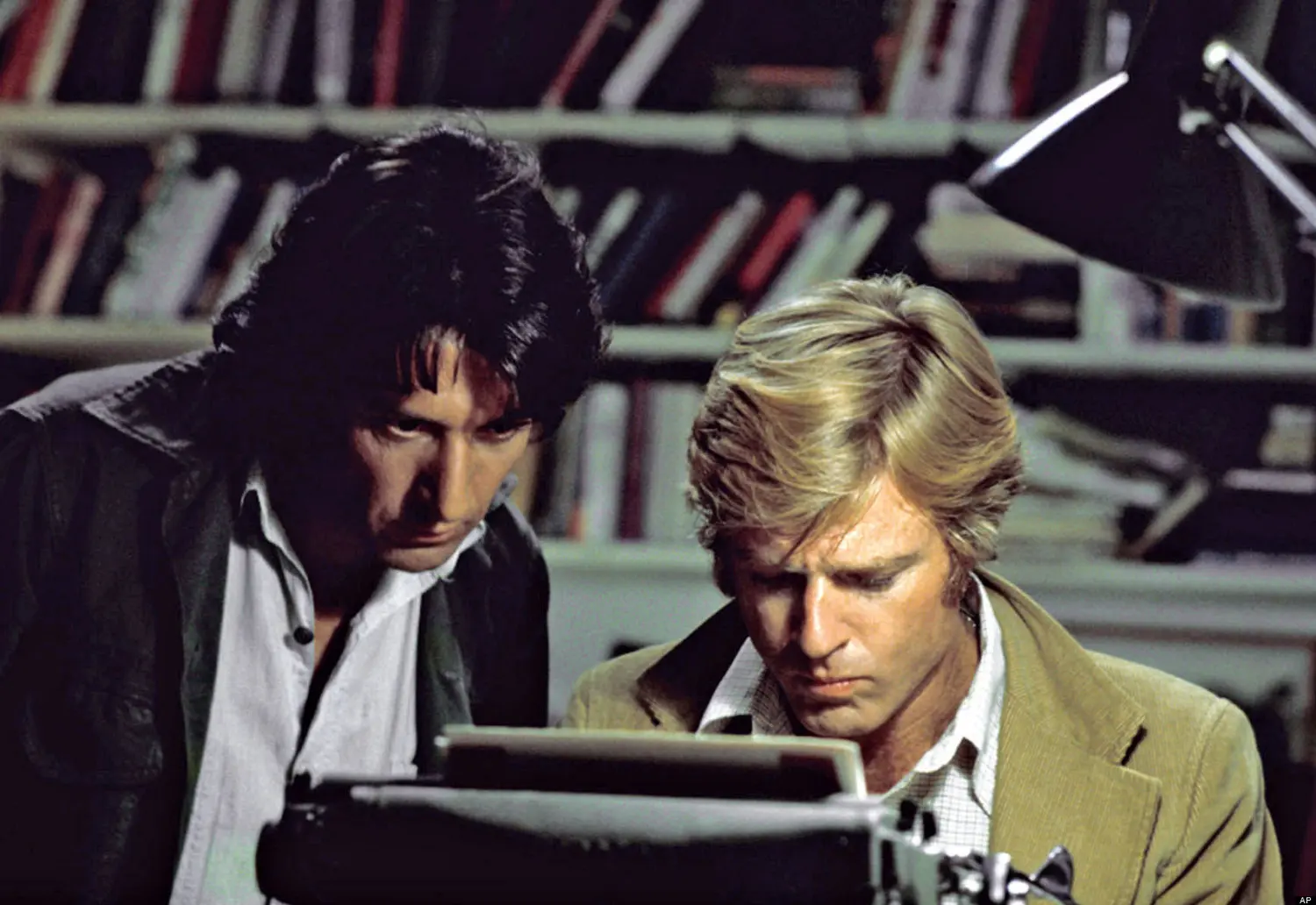
The film was both a critical and commercial triumph, earning $70 million against a modest $8 million budget and winning four Academy Awards. Today, it remains a masterpiece and stands among the very best films of the decade, celebrated for its meticulous storytelling, tension, and timeless relevance.
Ordinary People (1980)
By the 1980s, Robert Redford’s reputation as one of the most charismatic and accomplished movie stars to ever grace the silver screen was firmly established. Yet his true passion extended far beyond acting. Determined to move beyond his “pretty-boy” image, Redford sought out dark, complex material for his directorial debut. He found it in Ordinary People, a novel centered on the Jarrett family—particularly the youngest son, Conrad (Timothy Hutton in his Oscar-winning role), who struggles with depression and a fractured relationship with his parents (Donald Sutherland and Mary Tyler Moore) after the death of his older brother in a sailing accident, for which he harbors guilt.
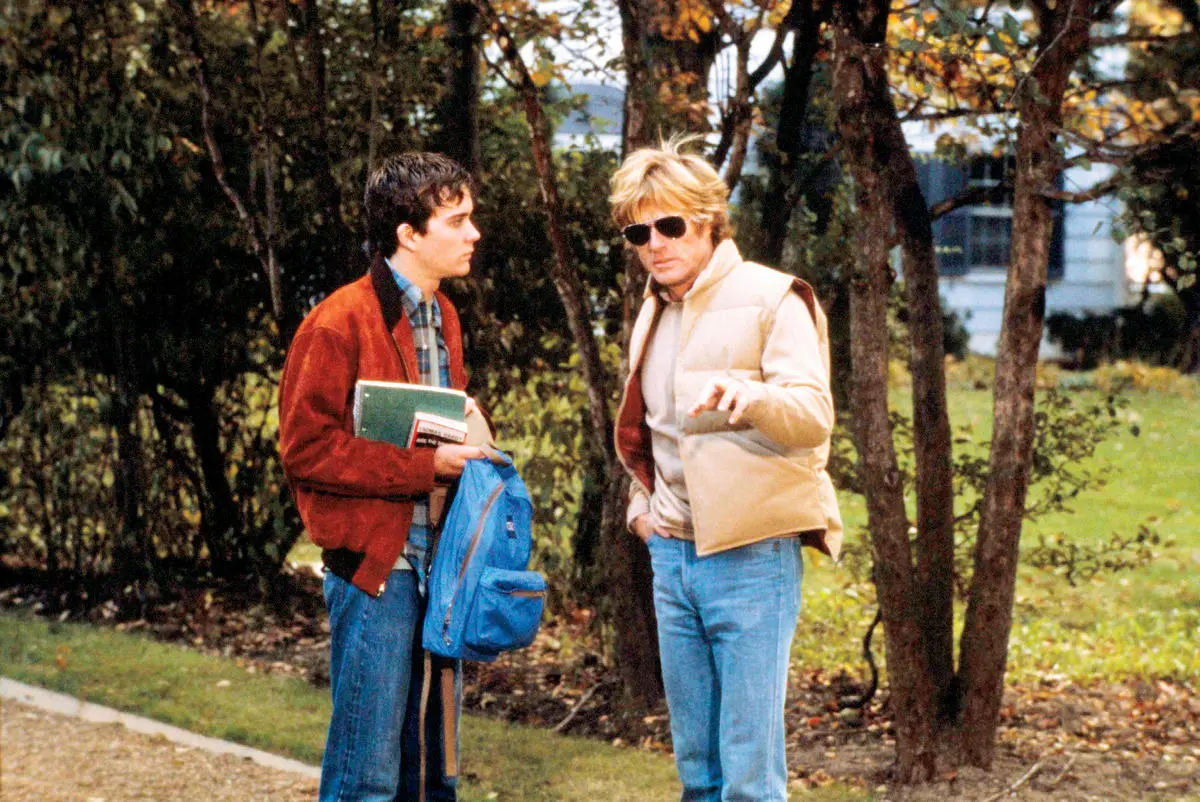
Although the studio initially wanted Redford to appear in the film as the father, he insisted on remaining behind the camera, surprising audiences with his directorial vision instead. The result revealed Redford’s remarkable capacity to craft powerful, nuanced cinema, telling a human story about grief, guilt, and depression, at a time when mental health was rarely addressed in mainstream media.
The film was widely celebrated for its sensitivity and artistry, earning the Academy Award for Best Picture and securing Redford the Oscar for Best Director, triumphing over formidable competitors such as Martin Scorsese for Raging Bull and David Lynch for The Elephant Man. With Ordinary People, Redford proved decisively that he was far more than a pretty face; he was a filmmaker of profound insight.
Banner photo by Ron Greene, 1959
